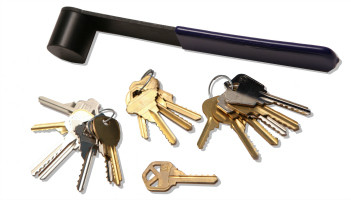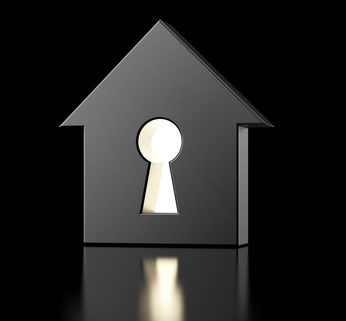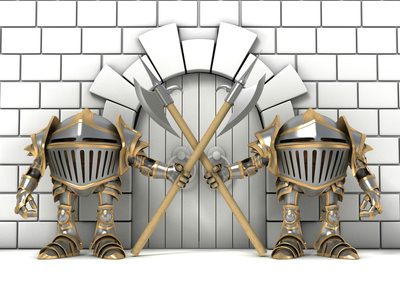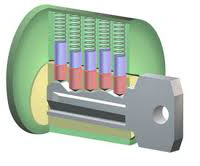When we are at home, the first thing we do to feel secure is lock the doors. When we are relaxing or sleeping we trust our door guards to keep intruders out and keep us safe. However, not all door guards are created equally and some can be picked, kicked, and drilled open with the right know how. There are many options to choose from, and this article will discuss a few of the most popular choices in homes today.
Article Table of Contents
A Deadbolt Lock: The Most Popular Option
Most people have a deadbolt lock in their house. This is the number one door guard sold and installed, and there is something about locking this lock that makes the house feel extra protected.
The deadbolt cannot be moved once it is locked into position until the key is inserted or the knob is twisted. Because the bolt is quite strong, the door is not going to open easily from brute force such as kicking or body force, which provides some comfort against drunken people who don’t know how to pick a lock. However, this is not a hard and fast rule as some dead bolts have been shown to break with force, and a cordless drill may be all that is necessary to defeat these locks.
Chain Lock: A Close Second For At-Home Security
This is the second most common lock in the home. It consists of two parts. The chain plate holds the chain and is secured against the wall beside the door. The slide plate is attached to the door and the chain can be slid into that plate until it is securely locked.
You can even install a chain plate that is key operated. This means that when you leave your home, you can use a key to release the chain from the chain plate, then grab the chain from outside the door and attach it back into the chain plate using your key. At that point, your door utilizes the chain lock even when you are not home, and potential burglars cannot remove the chain from the chain plate without the key.
When home, many people enjoy the security of being able to open their door while still have a lock in place. This is especially good for older or younger people who are home alone and need some added security.
While movies often portray these locks as easy to kick-in, it is usually easier said than done. However, if a thief breaks through a key lock, and is confronted with a locked chain lock, then they may have the tools necessary to cut through the chain and still enter the home.
Other Security Door Locks
There are other door guards that are beneficial both while inside and outside of the home. They can even be combined to provide heightened security and make it harder or less appealing for an intruder to attempt a break in.
For instance, when you are inside the home, there are various latch locks available for the inside of your doors. A latch lock has one plate attached to the wall with a latch, and then another plate attached to the door with a bump that the latch can fit around. These can be in all kinds of shapes and sizes, and finding one that goes with your decor should be very simple.
When coming home, you may want to buy a door guard that doesn’t require a lot of fumbling around. For instance, you can buy an electronic security keypad lock that works with batteries and provides an easy way to enter your home when your hands are full. They can also re-lock after a few seconds for extra protection in case someone is following you into your home and is waiting for you to be vulnerable after entering. Often these locks have additional key locks for use too.
Lastly, one of the newest door locks is the fingerprint door lock. Obviously these locks run through fingerprint recognition, and many of these locks can recognize over 100 fingerprints for access, which makes them great for commercial purposes, but also reliable for home purposes as well. A fully functional fingerprint lock will give you the ability to not have to worry about lost or stolen keys again. You can simply use your fingerprint to lay claim to your home and keep all unwanted fingerprints out.








